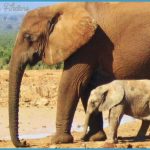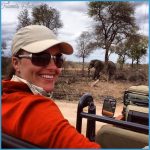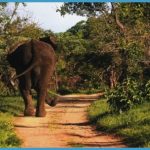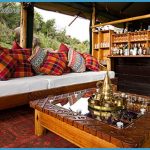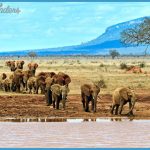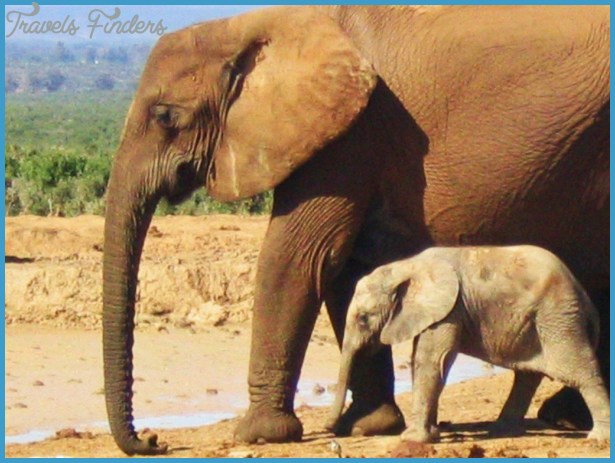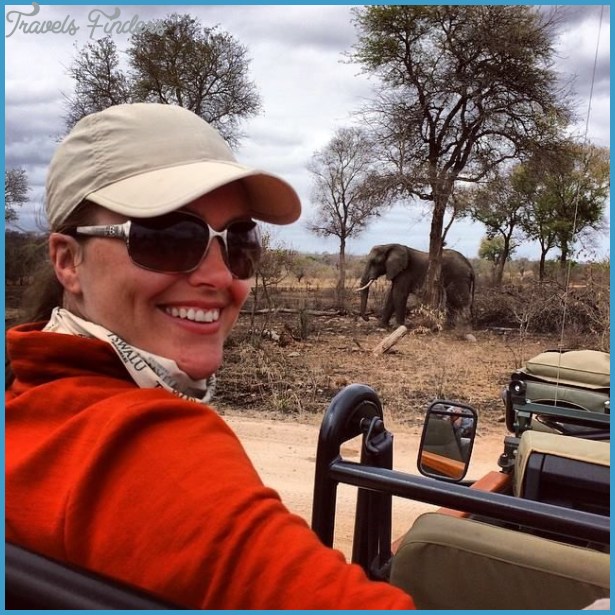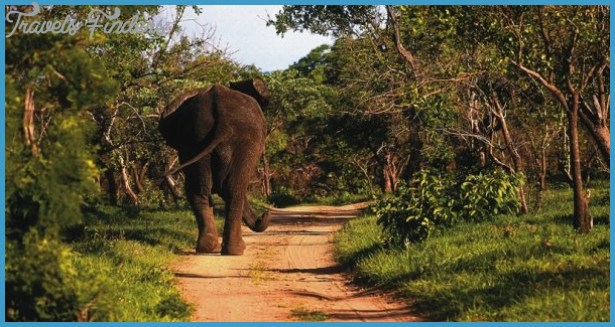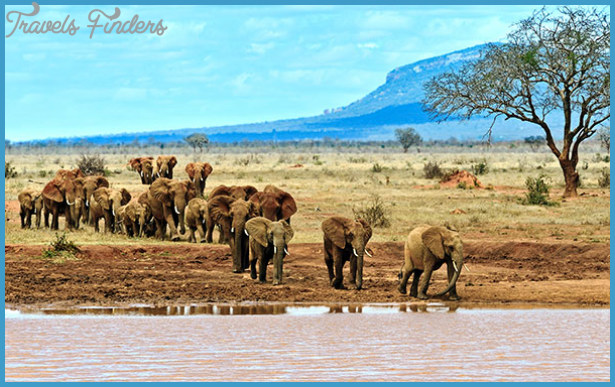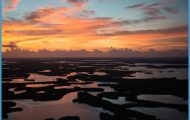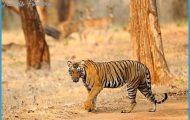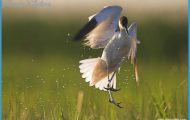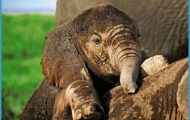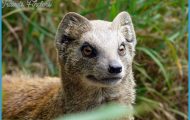Many of Britain’s breeding swifts and maybe some of our swallows pass over this floodplain en route to and from southern Africa too. After all, when it is flooded it must be a good place for migrants to pick up lots of aerial insects having almost starved themselves flying over the vast arid stretches of the Sahara just to the north. The Inner Delta is the first stretch of verdant ground many migrant birds will have seen for 2,000 km. For many, it’s a life-saver.
There are African duck and wading birds here too of course; birds such as black-and-white African Wattled Lapwings, tiny Kittlitz’s Plovers on shallow sandbanks, and flocks of aptly named White-faced Ducks. Gliding slowly along I managed to spot one bird I was particularly keen to see and assumed – wrongly as it turned out that I would see more of. It was a Black Heron, half the size of our European Grey Heron and all black with yellow feet (though they were well out of sight in the brown water). It was motionless behind a scatter of reeds in the shallows. This is the heron with a clever habit of arching its wings into an umbrella shape over its head, seemingly shading the water from the bright sun, presumably so that it can see its prey better. Interestingly, no other heron has evolved this strategy. Unfortunately I didn’t see the Black Heron’s umbrella trick. Maybe it wasn’t sunny enough. At least I had seen the bird.
Other birds that breed here include a range of herons and egrets plus African Spoonbills and Long-tailed Cormorants. Trouble is that these birds nest in forest treetops although they feed out in the marshes. Most of the forests that were once widespread have been felled for fuel, and only scattered trees remain. Which is why this place is not as idyllic as it appears and why so many of these breeding birds are declining.
Travelling on a pinasse is comfortable enough. The woven roof provides sun protection. But visiting the toilet at the very rear of the canoe is a dodgy affair. With the boat moving on sometimes choppy water, I inched my way on a narrow board along the side of the vessel, at the same time leaning inwards and holding on to what bits of the woven roof I could grab. Then it was a case of opening a little wooden door outwards, moving out of its way to let it open, and then entering the tiny cabin’ in the very rear of the boat. Perched above the water, the cabin had a hole in the floor. A pinasse is not the best place to be if bowel problems strike.
But for me the highlight of this river voyage was to camp on the riverbank two nights in succession. Our guides chose gloriously isolated sandy spots, thankfully -and surprisingly – unperturbed by mosquitoes though one night we did encounter clouds of far more acceptable and very attractive, pale green lacewings fluttering on to our food and almost everything else. Unfamiliar raucous bird calls, the sun’s globe setting over the water, a rustle of warm breeze, and the gentle clut of the river water tapping against its banks as the coal-black African night descended. It might be a cliche but it was simply magical.
Africa Wildlife And Wilderness Travel Photo Gallery
One of those evenings as dusk approached, I walked well away from the tents into some scattered scrub. I had been attracted by a persistent harsh call from a bird I couldn’t see. Evidently skulking by nature, it took some time to make its appearance. This one was clearly a skulking maestro. But it turned out to be a bird with a fine name, a Yellow-crowned Gonolek, a bird the size of a thrush but, boy, what colours! Dark brown on the back with striking crimson underneath combined with a yellow crown; these were surely the sort of colours to be flaunted. Not for this bird they weren’t – it retreated into a bush and out of sight again.
It was soon after dawn on one of these camping mornings with few of my fellow travellers up and out that the nearby sandbanks fingering out into the river had attracted some early birds. They were a mix of elegant, blue-grey and black Egyptian Plovers and some equally compact-looking Grey Pratincoles, pale grey and white but with scarlet beaks and legs, African birds both.

